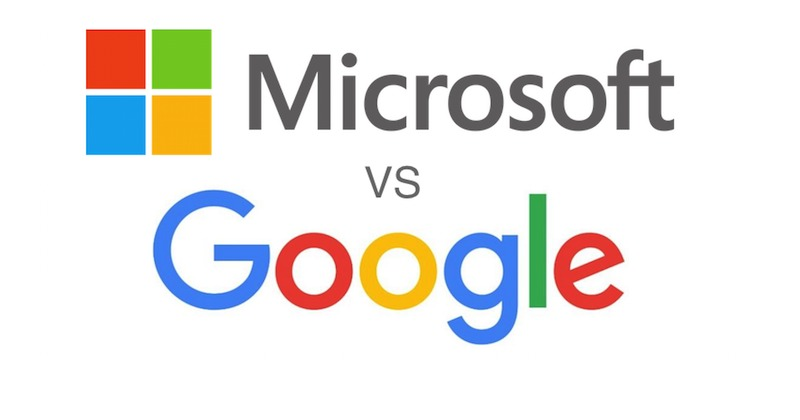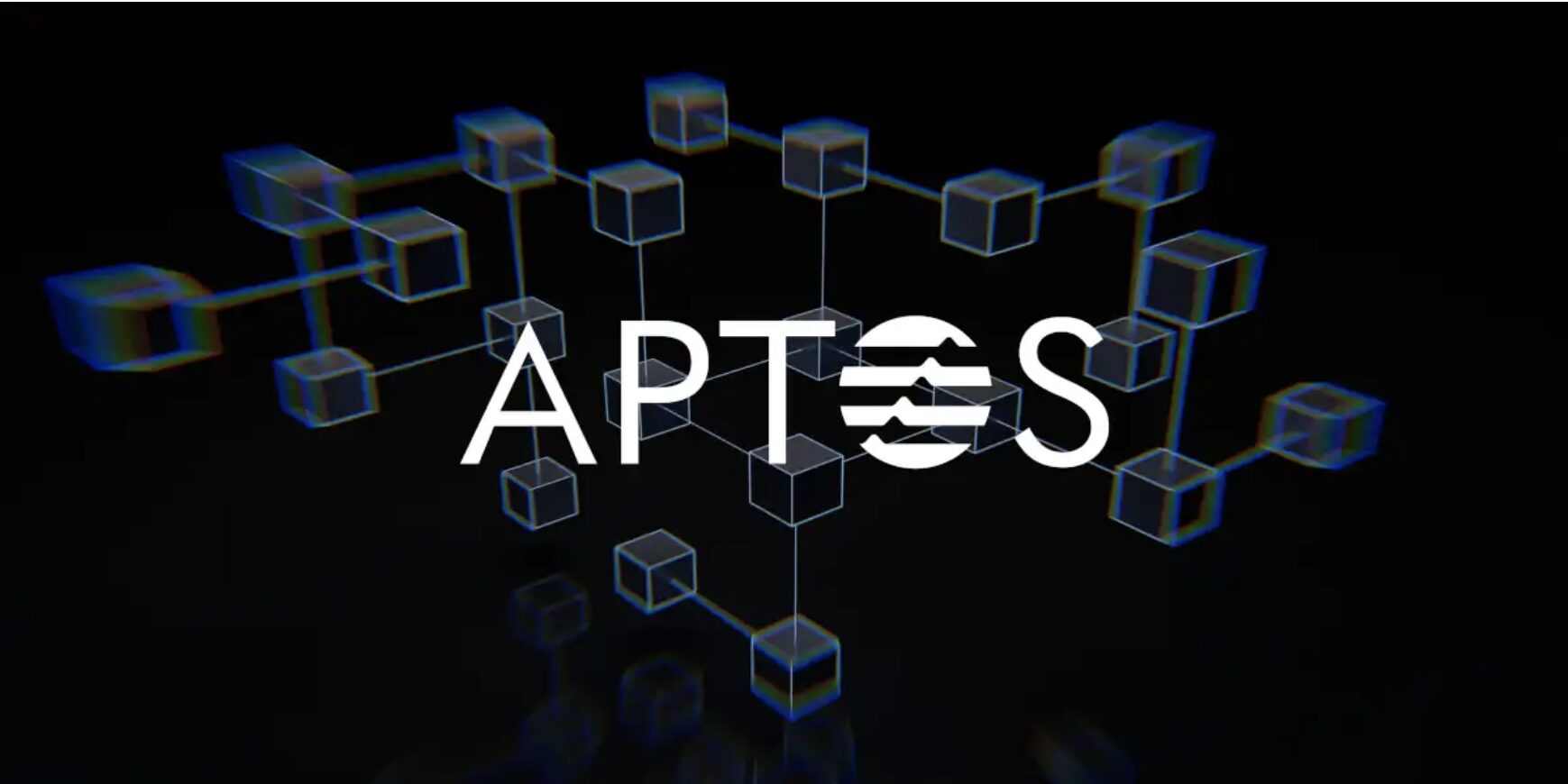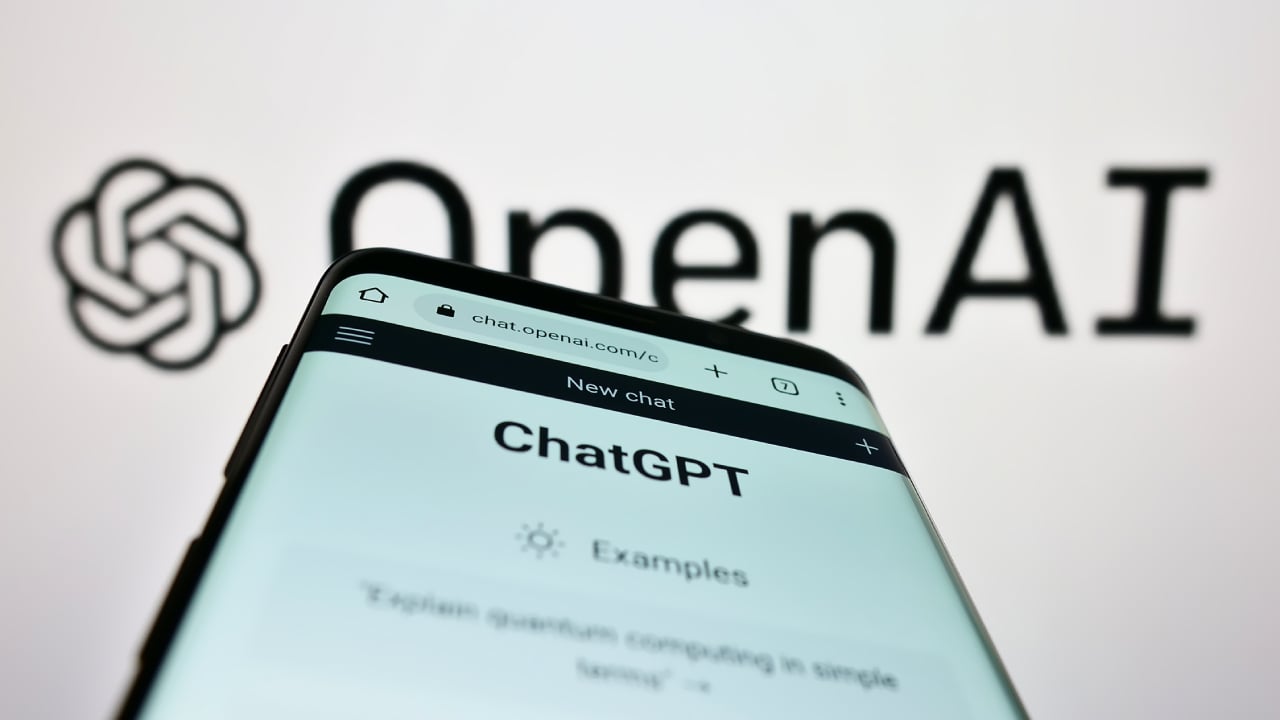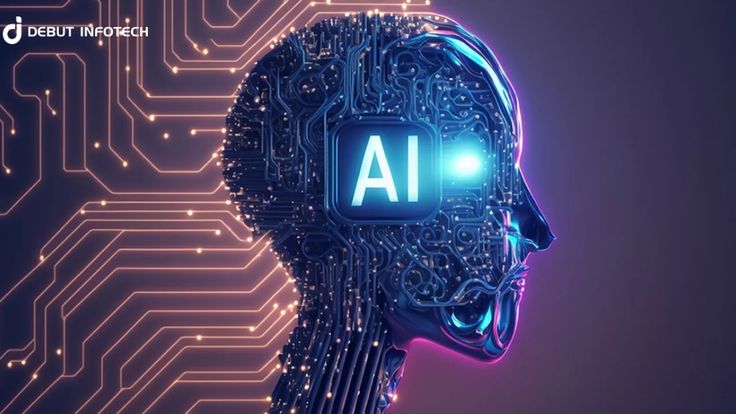Microsoft is aiming to dominate the AI battlefield, which, among other things, will see it implement OpenAI’s upcoming models, including GPT-4.5 and GPT-5, into its ecosystem.
As AI competition rises among the major tech companies, Microsoft is seeking to act as a leader in the general race, which attracts a lot of attention when Google I/O 2025 is announced.
With plans to launch in succession to Google I/O 2025, Microsoft is pushing the stage ready for an AI showdown that could change the industry permanently.
Microsoft is preparing for the rollout of GPT-4.5 and GPT-5
Recent reports have suggested that Microsoft has improved its server capacity to support the latest AI models created by OpenAI. OpenAI CEO Sam Altman hinted at the public’s availability of GPT-4.5, which is expected to be launched in the coming weeks and subsequently integrated into the Microsoft servers within the next week.
Codenamed Orion, GPT-4.5 has been positioned as a variant of OpenAI’s last non-chain of thought model, promising better performance and improved efficiency when compared to GPT-4.
The actual game changer is expected to be the advanced and upcoming model GPT-5, which is expected to make its debut by late May. Originally the model was slated to be released early in 2024, but delays into early 2025 have made way for GPT-5 to make its grand debut.
What’s New in GPT-5?
GPT-5 is expected to introduce new advances in AI technology through the adoption of OpenAI’s o3 reasoning model, which will be a core component. Unlike previous models, GPT-5 will remove the need for users to manually select models for different tasks effectively.
OpenAI aims to create a “magic unified intelligence” experience which will allow ChatGPT to adapt dynamically to a variety of tasks without any user intervention.
This development aligns with Microsoft’s AI strategy, which is a broader strategy for AI. In this strategy, Microsoft is working to automate the manual completion of model selection for their own AI assistant known as Copilot.
Microsoft has maintained close relations with OpenAI, which allows Microsoft to remain at the leading edge in the field of AI technology and directly add GPT-5 UI to the AI services that Microsoft has.
Microsoft’s AI Strategy and GPT-5 Rollout
Microsoft’s integration of GPT-5 is expected to be revealed at the Build Developer Conference, which will take place on May 19, 2025. This timing coincides with Google’s I/O, which also takes place on May 19, 2025, setting up a high-stakes AI challenge between the Microsoft and Google development teams.
The rivalry between the two tech giants has increased, especially since OpenAI’s unexpected launch of GPT-4 last year disrupted Microsoft’s AI services. Looking at Microsoft’s strategy now, they intend to make a set of updates to Copilot soon after the launch of GPT-5.
In furtherance of the development of an AI-based web automation agent very similar to that of OpenAI’s Operator. This agent will be able to interact with graphical user interfaces to be able to automatically perform tasks online, further giving the capabilities of AI automation the ability to extend their capacity.

The AI Showdown at Microsoft Build and Google I/O
Microsoft Build and Google I/O are regularly held at the same time each year. As such, both companies will showcase their latest advancements in artificial intelligence (AI). While Microsoft’s focus is on efficiency, automation and AI cost savings, Google anticipates that it will showcase its milestones and important AI breakthroughs.
As the latest in the most advanced AI generation model to date, GPT-5 will redefine the capabilities of AI and ensure that Microsoft’s aspirations in the development of AI are broadened.
Microsoft will have a proactive strategy to capitalize on the potential of GPT-5 whilst simultaneously allowing it to grow its AI-driven initiatives that will cover all areas of gaming, robotics, cloud computing and automation.
Read also: Crypto Volatility Rises as Lightchain AI Gains Investor Interest






